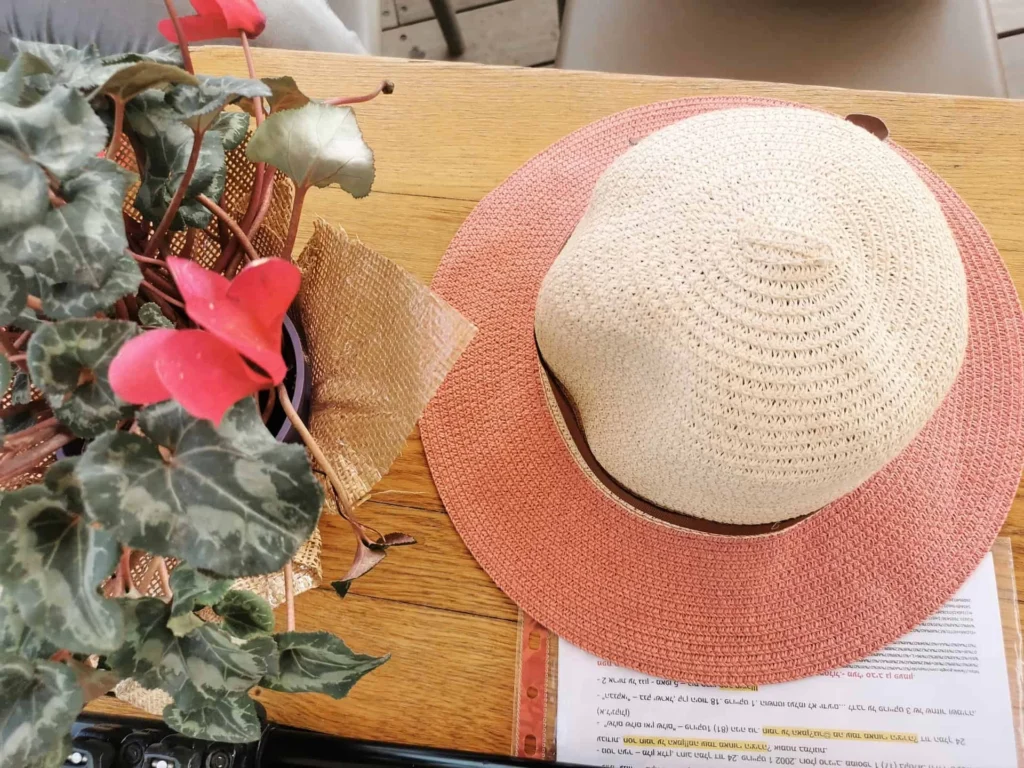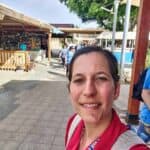Nimrod Fortress (Qala’t Namrud) is one of the most impressive fortresses in Israel and could be the Israeli background to the King of Thrones due to its shooting slits point of view, gorgeous rooms, and escape gateways. If you come here with kids, you can bring up knights costumes and swords and explore the fortress like a real warrior!
It was considered a Crusader’s castle for many years due to its massive structure until archeologists found an Arabic instruction revealing it belonged to the Arab Ayub kingdom. Although it was built during the Crusader period, they have never been here. The fortress tells the story of significant Muslim rulers and the unforgettable Ginges Han, who Luckey left this place whole.
Watch out for the snipers!
The fortress is not a very friendly place. It was built against enemies, and those approaching the defense might get shot by snipers.
If you succeed in walking up the stairs, your left side, where you hold the shield, is less protected, so be careful.
A wall is in front of the door, and you must turn 90 degrees. The passage is very narrow, so the soldiers can quickly attack you.
Above the gate is an inscription glorifying Al Aziz Othman and indicating the construction of the fortress.
Why its called Nimrod Fortress?
From the 15th century, the fortress was called Nimrond’s fortress. Nimrod is a character mentioned in the bible in the book of Genesis 28. He was Noah’s great-grandson and a hunter.
In many stories, he is mentioned as rebelling against God and considered a negative figure.
According to the legend, Nimrod was so strong that he ate mountains and drank full rivers of water.
One day, God was so mad at him that he sent a mosquito that got through his nose to his brain and stayed there. Nimrod commanded his servant to cut off his head and put a golden instead. The head has been thrown down to the Banias River and then to the Hulla Valley, which explains why this area had so many mosquitos and malaria diseases.
Nimrod Fortress History in short
The fortress was built in the 13th century by a Muslim ruler, the grandson of Sahalach Hadin, a famous Ayub warrior.
The Ayub soldiers fled this fortress when they heard that the famous and cruel Mongol warrior Gingas Han was almost there.
A Mamluk Muslim ruler from Egypt invaded Israel and defeated Ginges Han in his most significant battle in Israel’s land in Ein-Harod and caused the Crusaders, Ayubs, and Mongolia to be gone from this land.
Baybers, the Mamluk leader, kills his commander, who won this war, and gives Nimrod Fortress and its area to a warrior he trusts to govern it, Bilik. Muslim inscriptions and Baybers sign a “lion” relief on the stones.
Nimrod Fortress history in details
In 1,187 AD, after almost 90 years of ruling the land of Israel, an Arab army led by Sala’ch Adin defeated the Crusaders. Sala’ch was too old and decided to pass on his power to his brother Malek al-Adel, who had two sons, Malek al-A’tam and Malek al-Mu’tam. They both wanted the whole area to themselves.
Al-Malek al-Mu’tam fortified his kingdom in the north and appointed Al-Aziz Othman as his governor of the Banias region.
In the 13th century (1,227 AD), Al Aziz built a massive fortress to protect the area and the critical road to Damascus.
In 1,250 AD, a Mamluk (“slave of”) ruler named Kutuz was gaining power in Egypt.
The Mamluks were slaves. The Muslims raided villages in Eastern Europe and Asia, took the children and trained them to be their servants, and over time Islamized them and trained them into warriors.
When Ginges Han entered Israel land, all the soldiers ran away from this fortress and left it empty, but Gunges didn’t care about this place and moved on to Ein-Harod to his most significant battle in the Middle East.
In 1260, the Mamluks conquered Israel from the Crusaders and the Ayyubs at the same time as the Mongols arrived. A vital battle occurred in Ein Harod, where the Mamluks defeated the Mongols and made the Crusaders and Ayyubs run away. The Mamluk soldier “Baybers” killed his commander Kutuz and gave this fortress to one of his closest friends, Bilik, commemorating Baybars as the fortress builder.
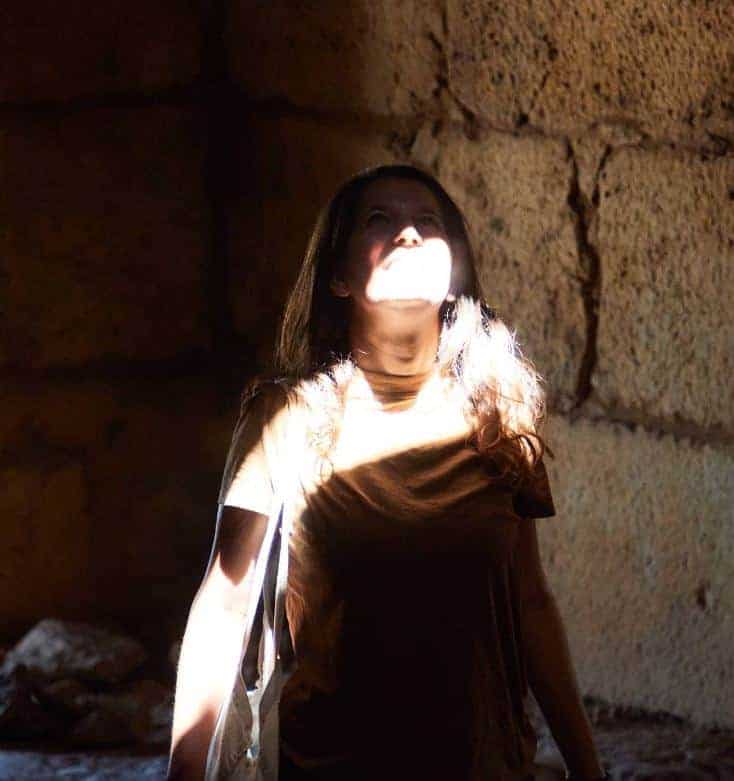
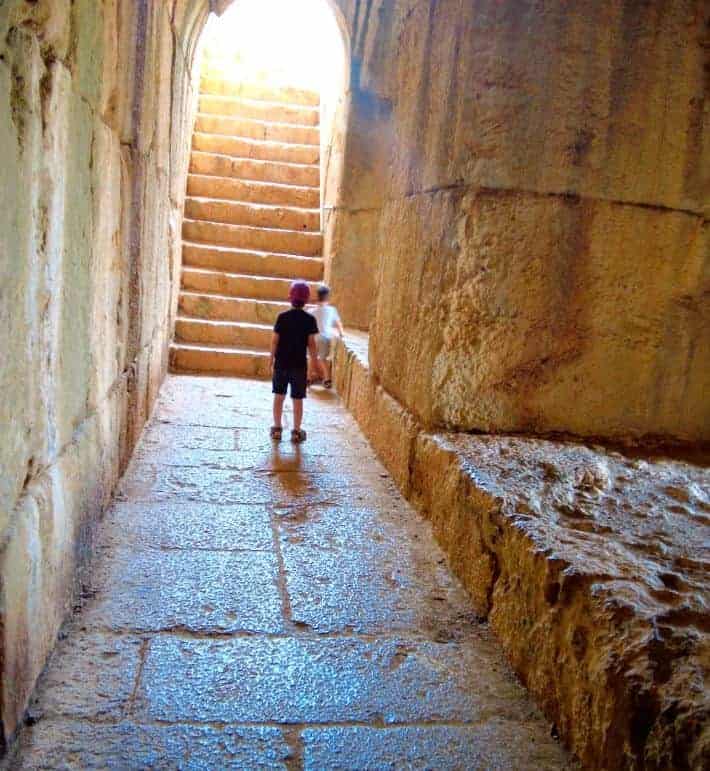
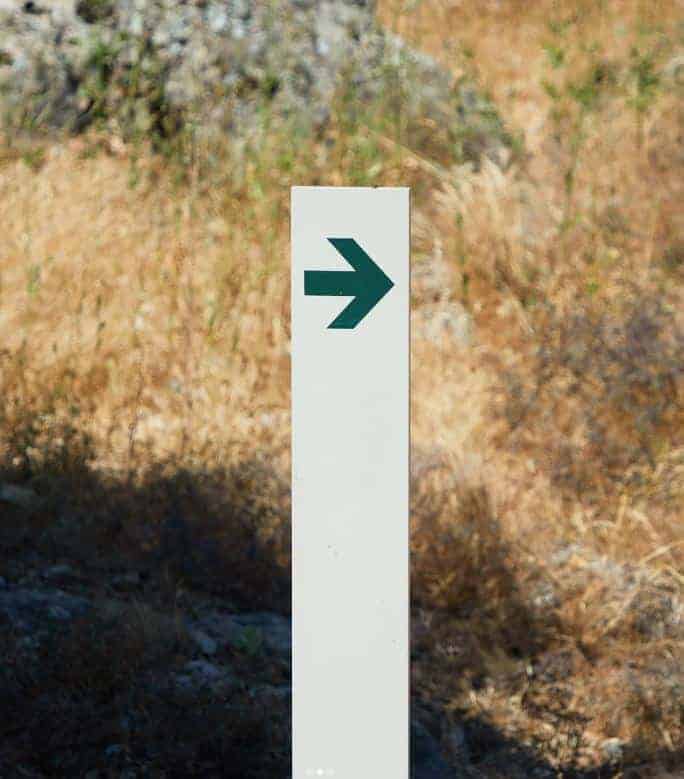
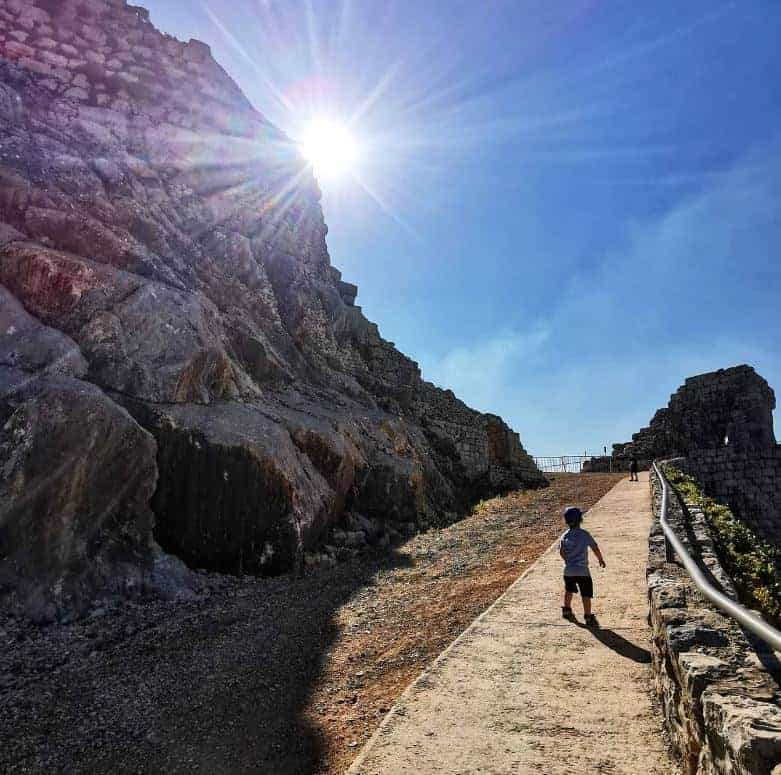

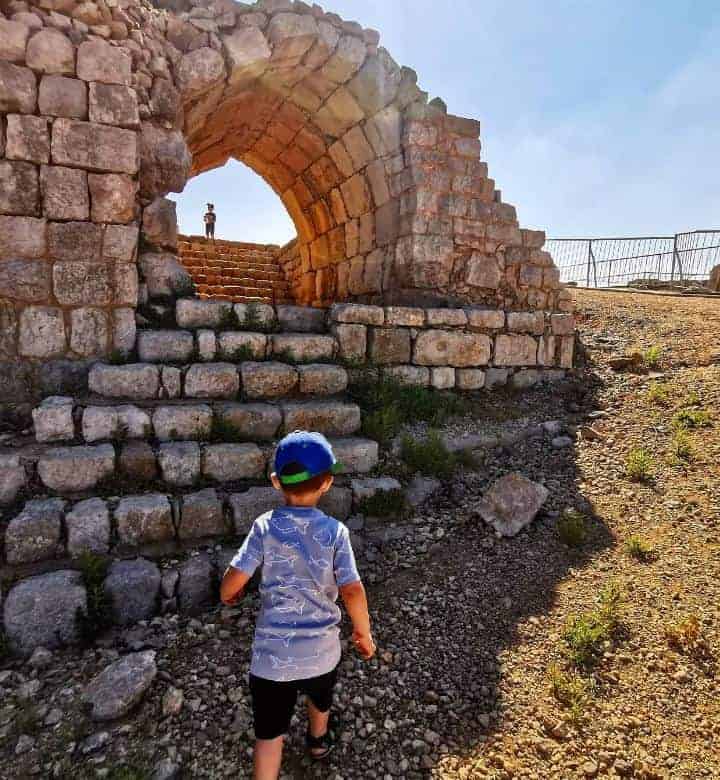
To do in the area:
If you are planning to visit the fortress, don’t miss out on the other attractions in the area:
Banias National Park is a beautiful and historical place to visit. It includes a cold-water stream and a kid’s path.
– Hermon Mountain, which might be covered with snow during the winter.
-Kibbutz Dafna is a gorgeous place to enjoy with kids -check my post about it here.Sleeping in Heaven- first time subletting in Kibbutz Dafna
-Kayaks in Kibbutz Hagoshrim.
-Visit the memorial site of the Helicopter disaster in Kibbutz Sha’ar Yeshuv
Logistics
Phone number: 04-6949277.
Opening hours: Apr-Sep: 8:00-17:00, Oct-Mar 08:00-16:00.
Not suitable for wheelchair
Have an accessible toilet and a kiosk.
Don’t forget a hat, good shoes, and sun cream.
You can visit here all year long and note that winter might be freezing.

